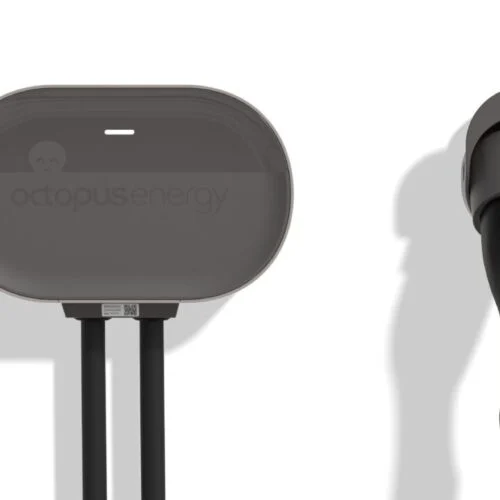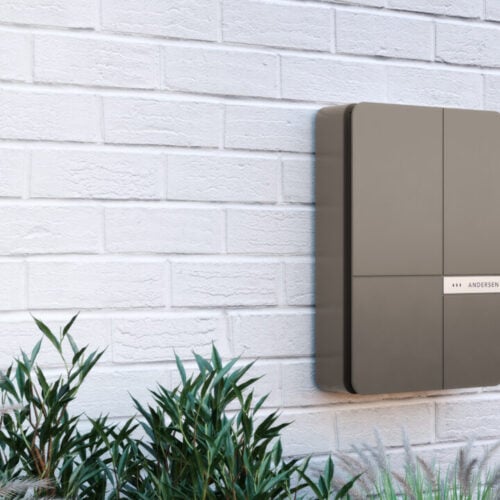Updated 14 July 2021: Clear air shouldn’t be a ‘nice to have’. Certainly not in the green and pleasant land of the UK. But, it is. And as this year’s Clean Air Day – celebrated last month – was quick to point out, we’ve got a long way to go for this to be the case, if we are to create a better environment for subsequent generations. A critical part of winning the war on pollutants is going to be electric vehicles (EV) and the charging infrastructure that they need.
This is because – as people within the industry have been saying for some time – to meet our net zero target and to satisfy the ever-growing consumer demand for EV, more needs to be done with regards to on-street and local public charging. These are the points that will not only deliver convenience and cost effectiveness to the drivers unable to charge privately off-street, at home, but will also have less impact on local grid or Distribution Network Operators (DNO), which is an equally important element in the drive to cut carbon.
A sustainable, green economy
The need for residential on-street charging was there pre-pandemic and it’s a situation that has only been magnified within the last 14 months. Indeed, we can expect the need for public and destination charging to intensify as the UK continues to emerge from lockdown and we see an altered state of social behaviours. Permanent changes to working patterns are likely to result in people visiting their workplace less often, so EV owners with nowhere to install a home charge point will increasingly need to rely on public chargers and those at destinations like shopping centres and supermarkets that seamlessly fall into the daily movements of our lives.
We need to ensure the infrastructure is in place to avoid engineering a 24-hour boom and bust-type charging situation that matches modern lifestyles as we all move around, and subsequently charge, at the same time. Conversely, we need to tackle the view that not having a driveway or parking space equals an inability to drive an EV. Apart from catering to driver demand, the benefits of on-street residential charging are that people will be offered the ability to charge overnight. Aside from being more convenient (the charging happening when the owner is asleep), this method accesses the cheapest tariffs and greenest power without increasing the pressure on the grid at peak periods. It’s a self-fulfilling cycle with every step taking us closer to a sustainable, green economy.
Big investment
We’re seeing a notable uptick in chargepoint deployment but the funding routes cause confusion amongst councils. Earlier this year, Ofgem approved DNO funding totaling over £300 million to support network upgrades that facilitate green technology such as EV charging, £144.78 million of which comes from existing network company allowances and £155.72 million of which is being made available through new allowances. This funding is to enable new infrastructure to support the installation of 1,800 new charge points across motorway service areas.
This announcement was preceded by news that the government will continue to fund the installation of on-street EV charging points, with the allocation of £20 million for the 2021/22 financial year – twice as much as the £10 million for 2020/21 through the On-Street Residential Chargepoint Scheme. This will give local councils the opportunity to install a few thousand kerbside EV chargers, which clearly isn’t enough!
Challenges of mass charging
The UK needs more on-street and public charging because the way to charge an EV is not a like-for-like replica in how traditional vehicles are refuelled. We can’t all nip into a rapid charging station mid-drive the same way we do with fuel stations today. There would be a line of cars around the block and some very unhappy motorists. It also assumes EVs can take any meaningful charge in less than 5-10 minutes, which is unrealistic at present. In fact the majority of OEMs advise battery electric vehicle owners to slow or fast charge (<22kWh) the vehicles for the majority of the time, so as not to adversely impact the life of the battery.
The perception is that we’ll see a major rollout of rapid EV charging stations to tackle the issue but this will not only require massive grid connectivity, but will cost hundreds of millions (money that can be better invested elsewhere) and require huge advances in battery technology, which does not exist at the moment. Even if it did, it may not be suited to the car, or what the driver desires.
Green on-street
On-street is the way through this challenge. Drivers can return home at the end of the day and park in a dedicated bay that they may have been able to reserve via an app. The car charges overnight and is ready to collect the next morning. Aside from being convenient and cost effective, it uses primarily green power because it’s in the middle of the night or early morning when the grids have a lighter load. This is the closest proxy to off-street home charging available.
We want something that can work for the driver, the grid network and the wider EV charging ecosystem. This vision is only going to be realised with much greater rollout of on-street public charging to satisfy growing consumer demand. Critical to this, is addressing the public perception around charging. Historically there has been a prominent attitude of ‘not on my doorstep’ with residents fearing a loss of parking spaces for traditional cars and other issues like wires on pavements. A situation not helped with a view of some current charge points that are badly maintained, unreliable or damaged. Winning in the fight for carbon reduction requires this attitude to be flipped on its head, with people wanting and needing to be able to charge on the street and as close as possible to their home.
This is especially true because we’re hitting the S-curve of EV adoption. Unless on-street charging is addressed for city and town residents, the places and people that need reduced pollution most will be the last to benefit.
This article has been updated to clarify that the £300 million funding is DNO funding approved by Ofgem for network upgrades that facilitate green technology, including infrastructure to support 1,800 chargepoint installations, and not investment nor installations from the regulator.





